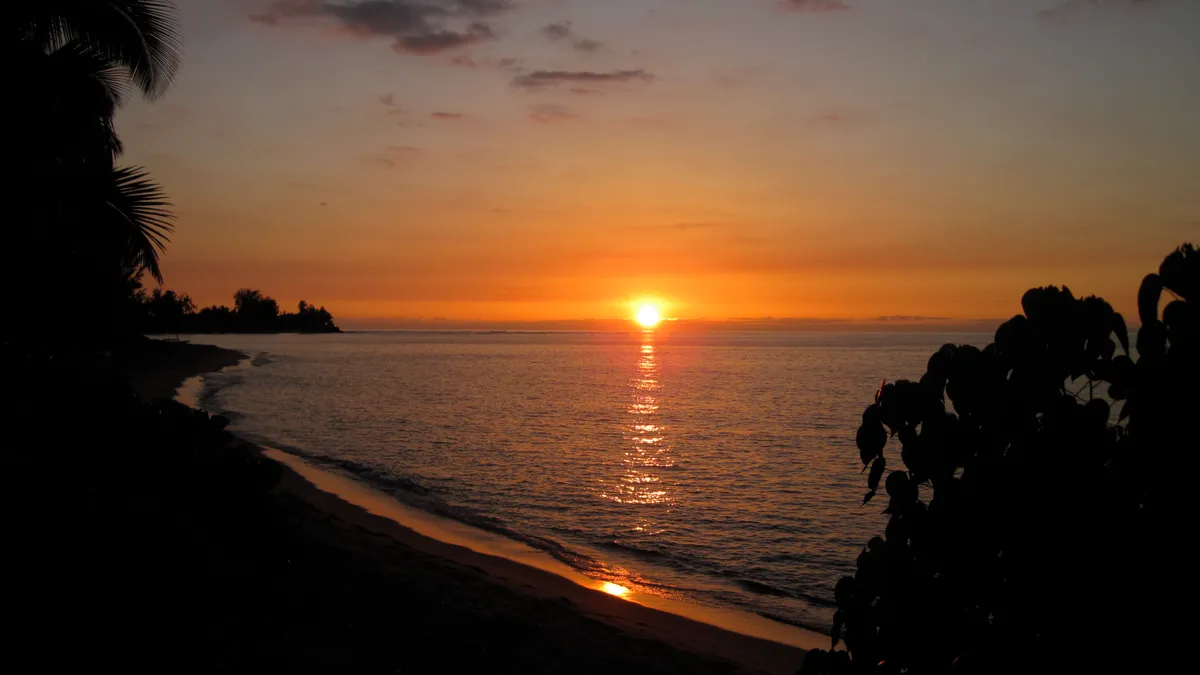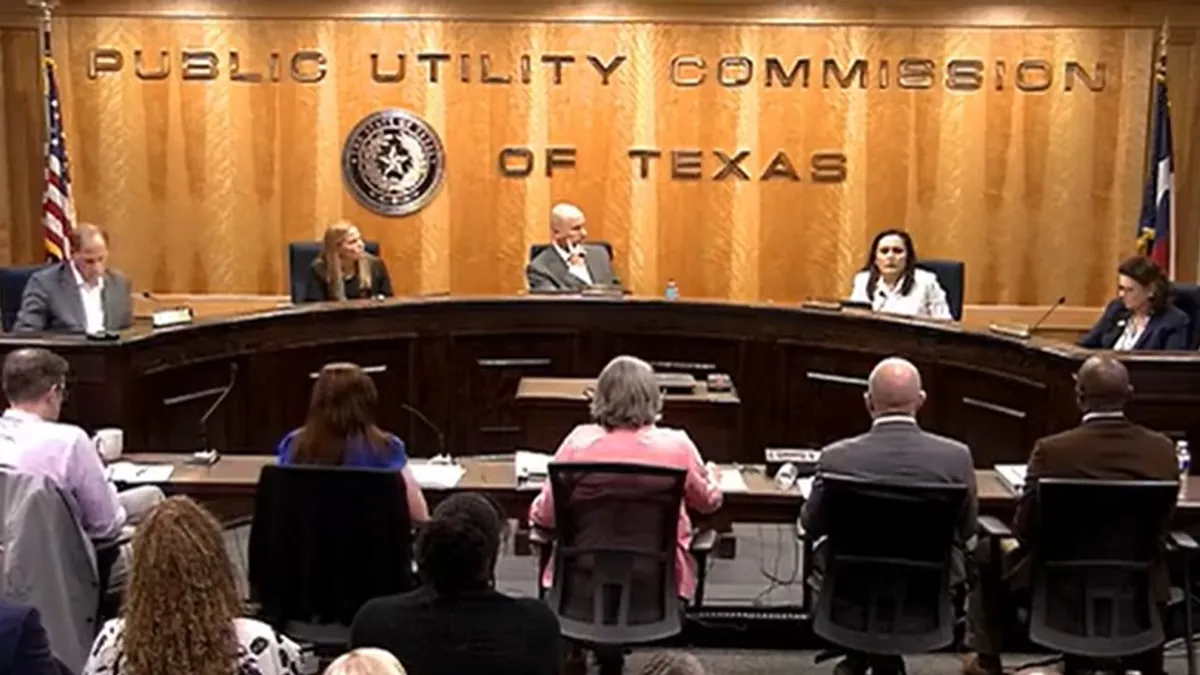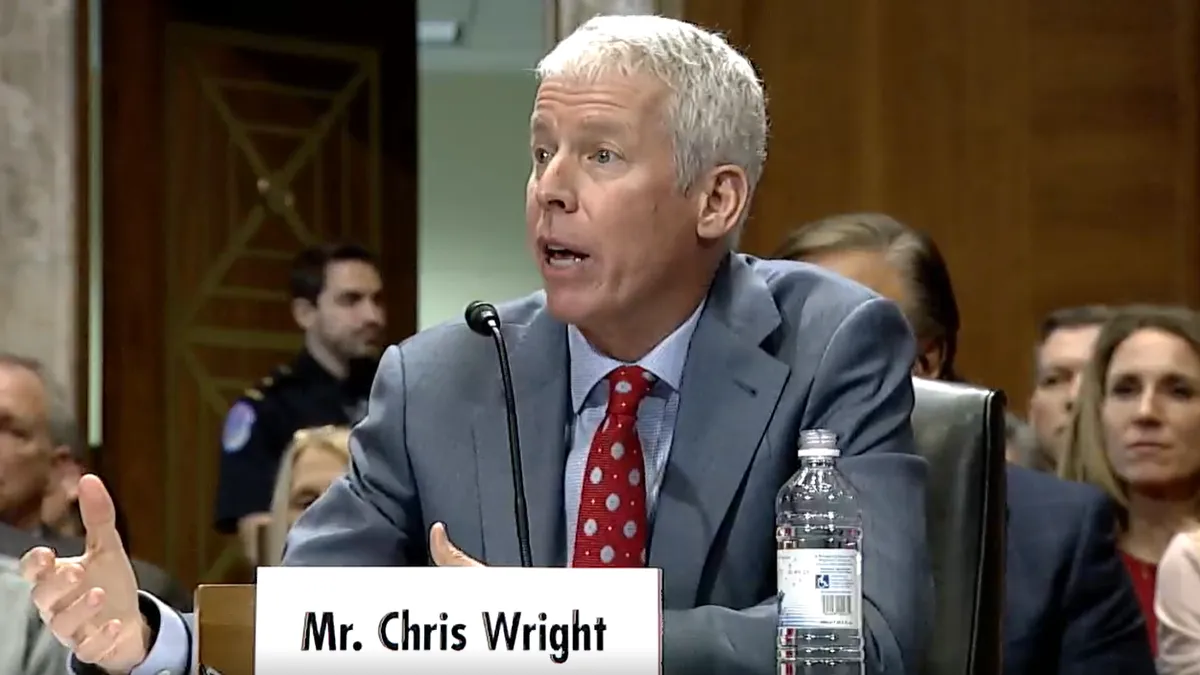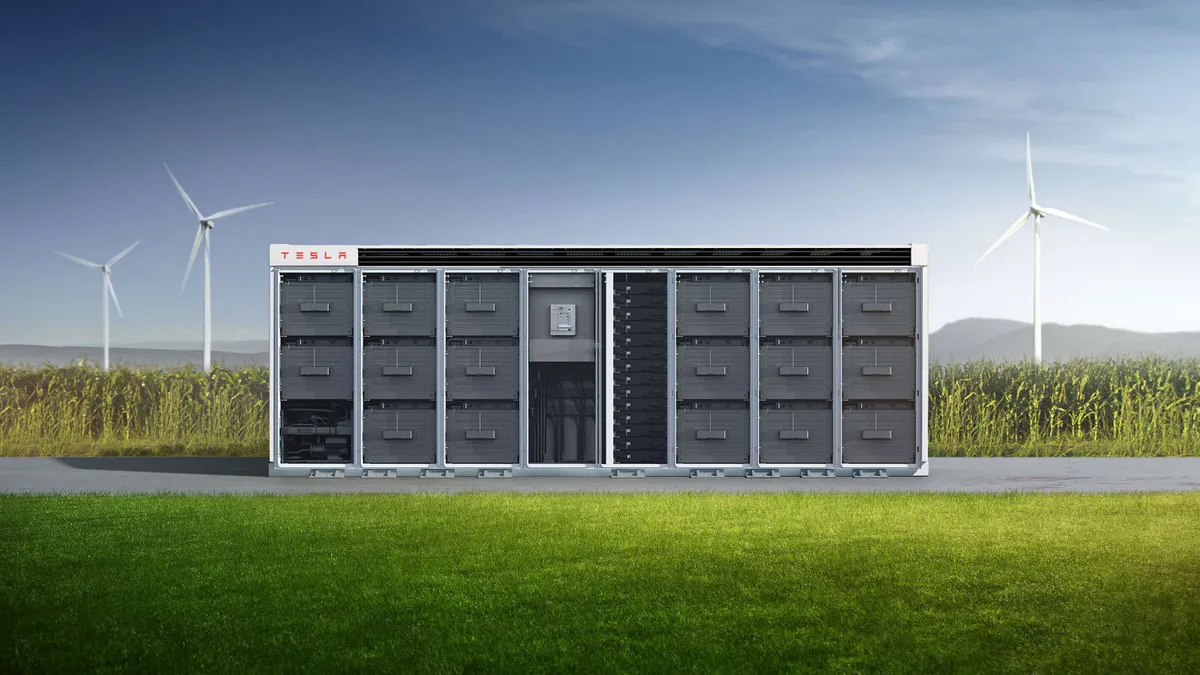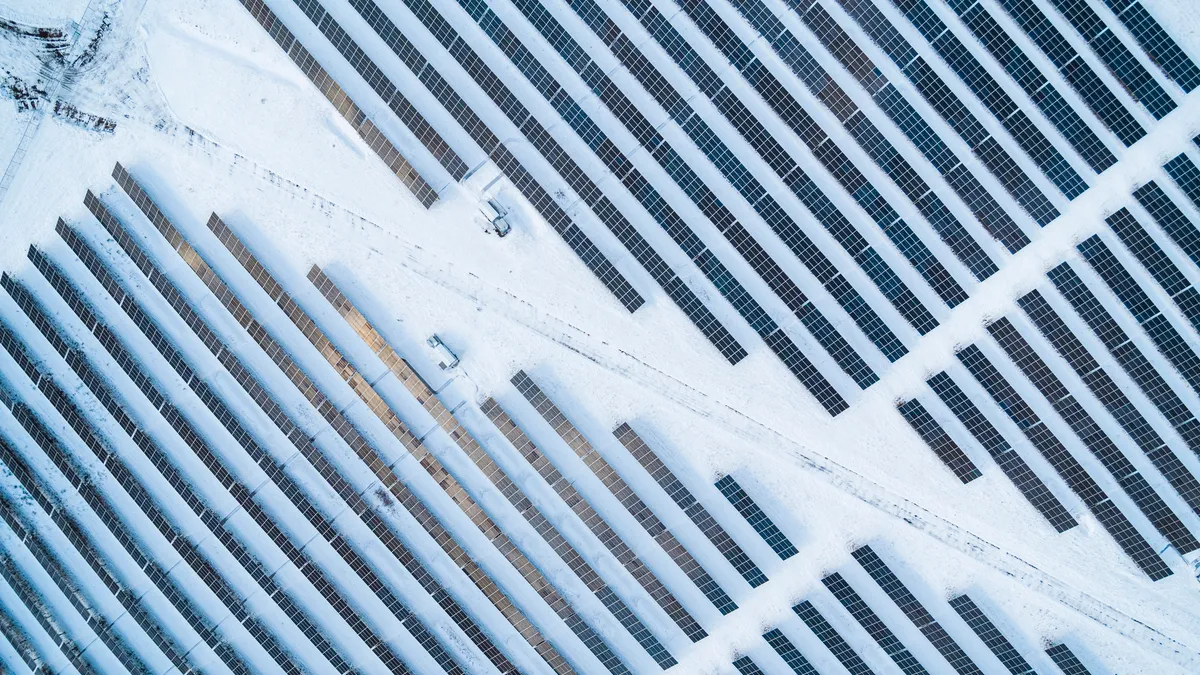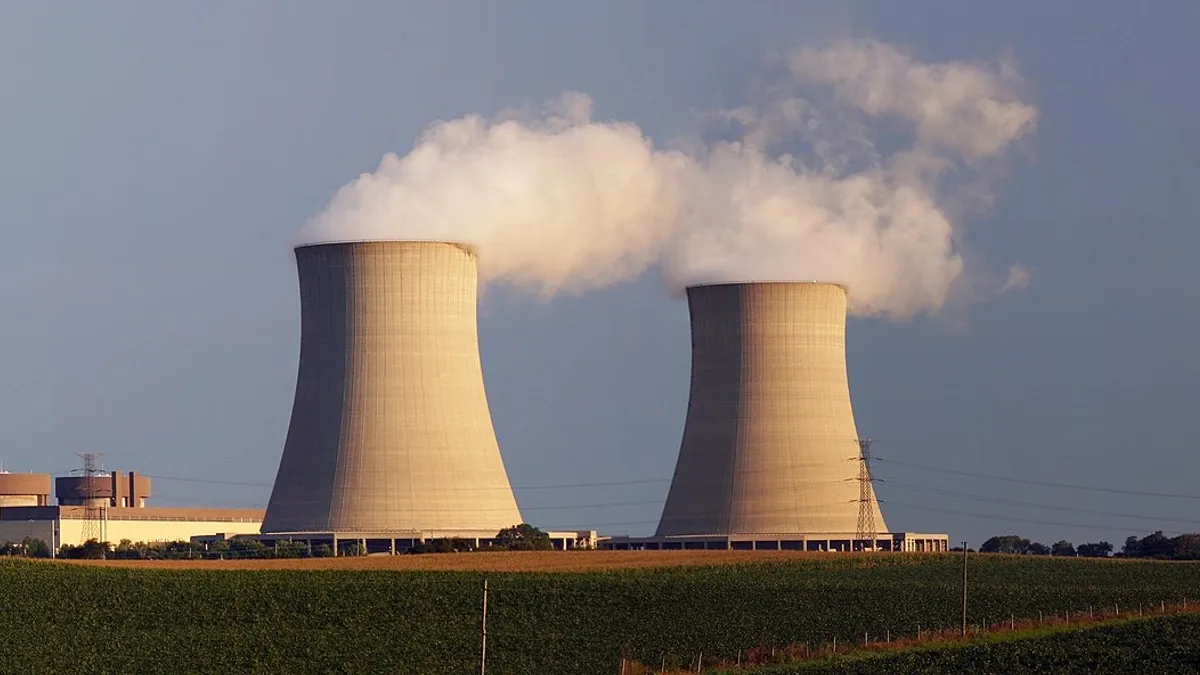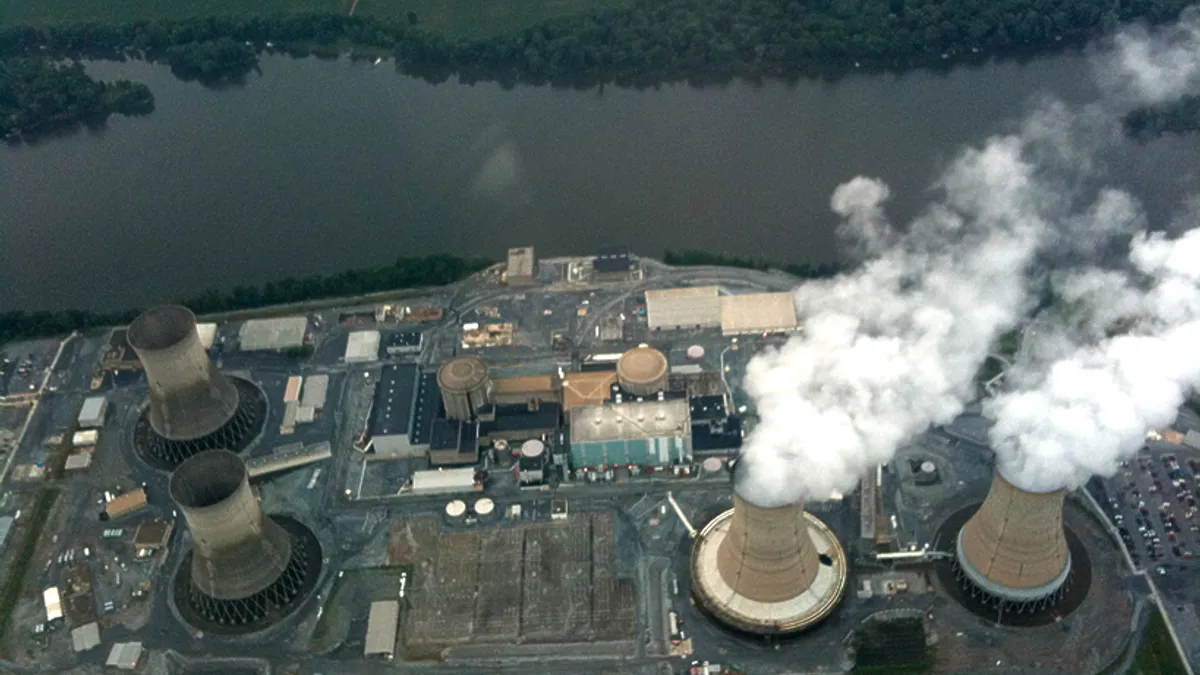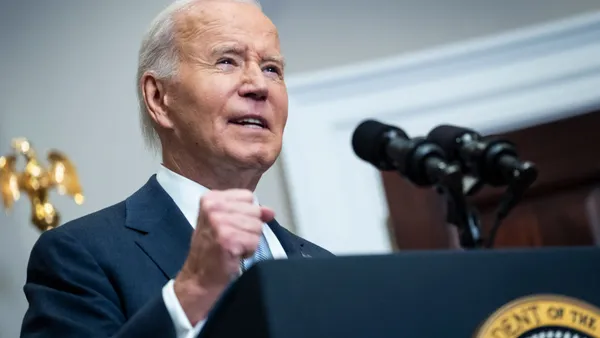Across the U.S., a day of reckoning approaches for electric utilities. The rise of increasingly cost-effective renewables, the retirement of coal power plants, and the emergence of technologies and services that place power in the hands of consumers all point to the inevitable: The utility of the future will not be your grandfather's utility.
For most of the U.S., this day is still some ways away. But in Hawaii, it's here.
A year ago, the Hawaii Public Utilities Commission (PUC) warned the Hawaii Electric Company (HECO), the island state's biggest utility: develop a sustainable business model—or else.
If the PUC's concerns—namely, that HECO's current business model did not align with public policy goals and the needs of Hawaii's electricity customers—were not addressed, the PUC said it would be “forced to employ arduous regulatory scrutiny and oversight of utility expenditures, operations and investments to attempt to achieve the desired performance levels and customer satisfaction.”
The PUC said it would prefer not to do that, "but unfortunately, at the present time, believes the lack of a strategic and sustainable business model would require [arduous regulatory scrutiny and oversight] until there is evidence of an acceptable course correction.”
Last week, the commission indicated this is still the case. The PUC rejected an integrated resource plan (IRP) submitted by HECO for it and its sister companies, the Hawaii Electric Light Company (HELCO) and the Maui Electric Company (MECO).
In rejecting the plan, the PUC said it has not “observed an ‘acceptable course correction’” or “sufficient evidence” of HECO’s "progress toward a sustainable business model. The IRP appears to be “in part, a series of unrelated capital projects without strategic focus on the clear issues facing the utility” while the HECO Companies' proposed capital expenditures for 2014 appear to be "of questionable long-term value," the PUC said.
Hawaii enters 'a new paradigm'
The PUC highlighted that Hawaii has “entered a new paradigm” where “the best path to lower electricity costs includes an aggressive pursuit of new clean energy sources.” The average levelized price of utility-scale solar PV at $0.15576/KWh (without state tax credits) is lower than HECO's avoided cost of generation at $0.22697/KWh, according to the utility. The state has a 40%-by-2030 renewables portfolio standard and has already met its 15%-by-2015 renewables target.
Notably, the economics of "grid defection" are becoming increasingly favorable for Hawaii's electricity customers: Solar-plus-storage has already reached grid parity for the commercial class and is nearing such a point for residential customers, according to The Economics of Grid Defection, a report from the Rocky Mountain Institute.
The favorable economics of grid defection in Hawaii are, in large part, due to its unique geography. The island state relies on prohibitively expensive oil imports as fuel for electricity generation, which is reflected in its electricity prices—the highest in the U.S.
“With Hawaii’s high retail rates, rooftop PV has grown exponentially in recent years," Hawaii PUC Chair Hermina Morita told Utility Dive. "For many of the same reasons, we are anticipating early adoption of other distributed resources as new technologies enter the marketplace.”
Nearly 10% of HECO's customers have rooftop solar, according to the Solar Electric Power Association (SEPA). Rooftop solar penetration has grown so fast that distributed generation exceeds the minimum daytime circuit load in parts of Oahu's distribution network.
“The grid of the future will need to integrate distributed resources in a manner that benefits the individual customer and electric systems,” Morita said. But when thinking about the "grid of the future," she said, it's important to note that Hawaii is already confronting this "future" in "real time."
Hawaii's roadmap for the grid of the future
Compelled by HECO's failure to articulate a "long-term, customer focused business strategy," the PUC issued its "Inclinations on the Future of Hawaii's Electric Utilities," a visionary roadmap that aims to move Hawaii to a grid of the future.
A 21st century generation system
“The costs of fuel and purchased power constitute the largest components” in Hawaii’s high electric bills and “represent a major strategic opportunity for lowering electric rates,” the PUC said.
Therefore, the PUC recommended HECO "expeditiously" pursue the following strategies:
- Seek high penetrations of lower-cost, new utility-scale renewable resources
- Modernize the generation system to achieve a future with high penetrations of renewable resources
- Exhaust all opportunities to achieve operational efficiencies in existing power plants
- Pursue opportunities to lower fuel costs in existing power plants
“The focus,” the PUC said, “should be on integrating the maximum level of cost-effective renewable resources while maintaining adequate reliability of the electricity grid.”
Two crucial components to this initiative are grid flexibility and power plant retirements.
The grid needs to be able to handle “the new demand patterns and the variability of renewable resources,” the PUC said. The PUC is “generally supportive” of “investments to improve the flexibility of existing generation” and new units that improve flexibility. Notably, the PUC says efforts to improve flexibility must consider “energy storage, demand response and other load management techniques on an equivalent basis to traditional generation assets.”
The PUC also asked to "expeditiously" pursue the cost-effective retirement of older, inefficient power plants.
To achieve these goals, the PUC has ordered HECO to file new Power Supply Improvement Plans.
There are obstacles to these goals. Continued utility ownership of generation, for example, is an "obstacle" to HECO becoming a "world-class operator of a high renewables grid," the PUC said. Notably, the PUC said it “will consider whether it is reasonable and in the public interest to preclude HECO” from owning new generation.
The PUC believes that HECO’s “traditional role as owner and operator of a fleet of fossil generation units will diminish over time as old, inefficient utility generation is retired and if new renewable and fossil generation is developed solely by IPPs (independent power producers)."
HECO’s “future role in power generation could evolve to include generation resource planning, third-party generation capacity procurement, fuel supply management and procurement, and power supply dispatch and operational optimization,” the PUC said, but “the regulatory model under which the HECO companies are compensated for performing these functions needs to be redefined.”
Under such a model, the PUC said, HECO “would no longer have a financial interest in the outcomes of future power generation development and investment decisions.” But HECO is remains “the logical entity to develop and implement power supply improvements plans” as they “uniquely possess the institutional expertise” required, the PUC said.
A state-of-the-art transmission and distribution network
“Traditionally, the utility focused on maintaining the system networks and the planning necessary to upgrade the transmission and distribution infrastructure to support growing energy demand," the PUC said.
"However, looking towards the future, the Commission believes Hawaii should be poised to lead the world in the development of advanced grids that can interlink a bulk power system that has a high level of renewable generation with the profusion of DER (distributed energy resources),” they wrote.
10% of Hawaii's residential customers use rooftop solar, but the PUC says HECO isn't doing enough to enable these customers to make the most of distributed energy resources (DER).
“This opens the opportunity for the DER-equipped customer to become a ‘prosumer,’ that is a customer who both consumes or uses utility services and may also provide services to the utility and to accept customer power,” said the PUC.
Rather than being the sole source of electricity, the utility would become the facilitator, integrator and operator of a grid with high penetrations of utility-scale renewables and distributed energy resources.
This is a departure from the traditional utility business model, but it’s still an opportunity for utilities. “It’s a very critical point to make if the utility will be viewed as the system integrator,” PUC Chair Hermina Morita told Utility Dive. This will place an emphasis on providing “grid services rather than the ownership of the assets to balance the system.”
“The utility is the aggregator of data," she said. "How quickly the utility can process, synthesize and use the information will help determine the business opportunities.”
An Advanced DER Technology Utilization Plan has been commissioned to facilitate these developments.
Policy and regulatory reforms for Hawaii's clean energy future
As outlined in the PUC document, Hawaii’s electric utilities will be expected to:
- Integrate large quantities of utility-scale renewables
- Integrate growing amounts of distributed generation
- Retire (or scale down) old, inefficient fossil generators
- Integrate demand response and dynamic pricing to better manage resources
- Use smart meters, communication, and data to empower customers to manage their energy usage and access new resources
- Integrate smart grid technology (storage, electric vehicles, and meters) into the operating system
The utility will effectively become a smart network operator similar to mainland independent system operators. But the traditional cost-of-service regulatory model will need to be changed accordingly.
Potential regulatory mechanisms that could galvanize utilities to better enable Hawaii's energy transition include:
- Incentives to increase renewables, minimize power supply costs, slash emissions, and maintain reliability
- Incentives to encourage the acceleration of retirements of fossil generation
- Ceasing development of new generation resources or undertaking major modifications to existing units rather than maximizing current potential generation resources
- Unbundling ancillary services to provide price signals for alternative sources of supply
For electric rate structures, which are currently “not well suited” to Hawaii’s future grid, the PUC recommends:
- Unbundling rate structures to more appropriately fit customer preferences for varying levels of electricity service
- Greater utilization of capacity-based, fixed-cost based pricing
- Time-of-use and dynamic pricing structures that help customers’ demand better match the renewable electricity supply
- New incentives to reduce the curtailment of renewables in the state
- A supplemental power supply pricing structure
On the whole, the Hawaii PUC's proposals represent one of the most radical overhauls of the utility regulatory process undertaken since utility regulation was established in the early 20th century.
The traditional utility regulatory compact is 'broken'
The Hawaii PUC sees the utility-customer regulatory compact as being broken.
“Electric utilities provide an essential service to society, are highly capital-intensive business enterprises and operate as a monopoly in order to achieve scale economies and avoid duplication of delivery infrastructure,” the PUC said. The traditional regulatory compact “has existed for a century and requires the utility to fulfill public interest obligations, and in return, receive certain financial compensation.”
The "fundamental tenets" of this compact are that utilities are required to serve all customers at fair rates; in turn, customers are expected to get all their power from their incumbent utility. “Customers’ obligation to take and pay for utility service is an essential corollary to a utility’s obligation to serve,” the PUC said.
The regulatory compact was “challenged” by deregulation in many U.S. states in the 1990s. Today, the compact is being challenged by alternative energy options like distributed generation, setting off an "organic deregulation" of the electric utility monopoly, DNV GL's Nicholas Abi-Samra told Utility Dive.
When utility customers “are no longer obligated” to use utility power only, “an electric utility is no longer assured a revenue stream that would provide a reasonable opportunity to recover and earn a fair return on utility plant investment devoted to public service,” the PUC said. Once obligation to purchase utility power is broken (whether through deregulation or distributed generation), “the other major regulatory compact (obligation to serve) is effectively broken as well.”
“With potential uncertain future customer energy supply requirements and revenue base, it is difficult for a utility to ascertain its long-term supply obligations and hence generation requirements that would not be stranded at some future point,” the PUC said.
As Hawaiians increasingly install rooftop solar, they will “financially leave the system” while still needing the grid, the PUC observed, using it “as a storage device.”
Despite increasing penetrations of distributed generation, HECO continues to invest in generation. “The existing sales decoupling mechansims effectively guarantees a revenue stream for the HECO Companies and mitigates the loss of utility revenue due to customer choice in the near-term. However, the sales decoupling mechanism was never intended to be a substitute for the long-term utility-customer regulatory compact.”
“The long-term obligation for Hawaii’s electric utilities to interconnect customer-owned generation, to supply distributed generation customers with supplemental or back-up power supply and to provide grid capacity to enable power exports has not been defined," the PUC said, noting that it intends to look into this moving forward.
"It is now incumbent upon the HECO Companies to utilitize this guidance in developing a sustainable business model,” the PUC said.
Next steps: How will Hawaii move forward?
The best course of action is up for debate, PUC Chair Hermina Morita told Utility Dive.
“This is an area that the PUC is currently investigating, beginning with its review of Hawaii’s sales decoupling mechanism and performance metrics,” she said. “While we wait to receive the planning documents required by the recent orders, with our small staff there is definitely no lack for work as we move forward with the decoupling review as well as initiate a broader DER investigation.”
“I want to make clear that the PUC strongly believes that a properly structured sales decoupling mechanism and other types of incentives are essential components to achieve Hawaii’s clean energy mandates,” she said, “but we also believe that the reduced risk on the utility means that the PUC expects exceptional performance in return.”
For their part, HECO recognized the PUC’s decision and is committed to finding a solution to Hawaii’s long-term electricity needs and objectives.
“In this challenging, fast-paced energy environment, we welcome the PUC’s clear direction and roadmap,” said HECO CEO Dick Rosenblum. The company has “been working on many of these initiatives, and these directives confirm the energy policy priorities that will guide our strategies and implementation.”
At the time of publishing, HECO did not comment.
"The key tenet of any approach will be to reward the roles that the utility is needed to play to support a thriving Hawaii electricity system, which could no doubt include operational and planning coordination, integration and investing in enabling grid infrastructure," Virginia Lacy, manager in Rocky Mountain Institute's electricity practice, told Utility Dive.
"HECO has a critical role to play in supporting this new and more dynamic system, which could include investing in needed grid infrastructure and upgrades, conveying signals about system conditions, capacity procurement, and systems dispatch," she said. "As the PUC has signaled, the goal is to realign the regulatory model to reward HECO Cos. for success in fulfilling those roles while managing for overall cost, reliability and customer satisfaction."
The bottom line: Is Hawaii a glimpse of the future?
As Hawaii works out how to best pursue the objectives laid out by the PUC over the coming months, other utilities and regulators should be taking note.
Although Hawaii has the highest energy costs in the country, making it more important to develop low-cost alternatives, the same issues are starting to crop up across the U.S.
"The issues that Hawaii is wrestling with today–the increasing role of customers, new technology options, the changing role of the utility, the need for regulatory structures–are issues with which many states on the mainland are starting to contend in growing numbers," Virginia Lacy, manager in Rocky Mountain Institute's electricity practice, told Utility Dive. "Hawaii will offer many lessons, not only in the solutions that the state begins to craft, but also in the process about which it uses to craft them. Increasingly, we see the need for collaborative, transparent processes that proactively engage key stakeholders to develop innovative solutions together. Hawaii has the opportunity to be a real leader in providing a process model for managing this transition."
“Hawaii is definitely a postcard from the future,” PUC Chair Morita told Utility Dive. “As island grids we do have some unique technical challenges, but I don’t think our customer expectations differ much from mainland customers in wanting affordable and reliable electricity, nor do we differ much on environmental or societal goals.”
“It’s the pace and scale of our transformation that puts Hawaii on the ‘bleeding edge’,” says Morita. “That’s why Hawaii can be viewed as a test case and, I hope, with well-laid plans and with well-thought-out decisions, we can minimize risks and Hawaii can become a model for the rest of the country.”


